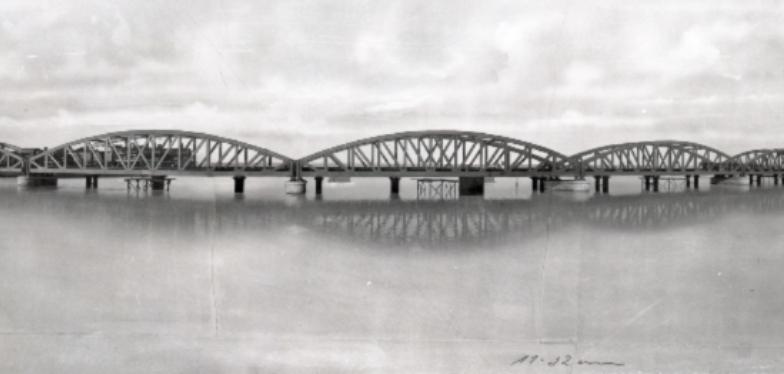The Belgians, the greatest builders in Egypt after the Pharaohs
If you disembark at Cairo airport and travel to the centre of the Egyptian capital, you will take a road through the city of Heliopolis. You drive along wide tree-lined avenues bordered with luxurious villas, including the home of former president Hosni Mubarak.

If a monumental statue of Ramses II had not reminded you, you would not have believed you were in the land of the pharaohs; these are not scenes from Gérard de Nerval's "Journey to the Orient". You can admire these clean, orderly surroundings, which are in striking contrast with what you will soon discover in the nearby big city with its mosques and souks, and its mazes of dusty, noisy and overcrowded streets. This modern city was built from scratch by a Belgian entrepreneur, Baron Empain; before him, there was only desert here. This is undoubtedly the most impressive Belgian achievement in Egypt, but it is not the only one. In the 19th century, Belgium was a significant industrial power that exported its technology, specialising in rolling stock and civil engineering works.
It is these Belgian achievements in the Nile Valley that are presented in a temporary exhibition at the Royal Museum of Mariemont in Morlanwelz. From bridges to water towers, trams and locomotives, Belgians have actively contributed to the modernisation of Egypt. These Belgians, who were expatriated for a relatively long period, as some building sites could last several years, brought back to their homeland ancient local products, such as papyrus, statues, and mummies' masks.
Made in Belgium highlights the links between industry and heritage from 1830 to 1952. Technical drawings, models, photos, and videos trace Belgian achievements in the Egyptian landscape.
Prepare for your visit by consulting the website.